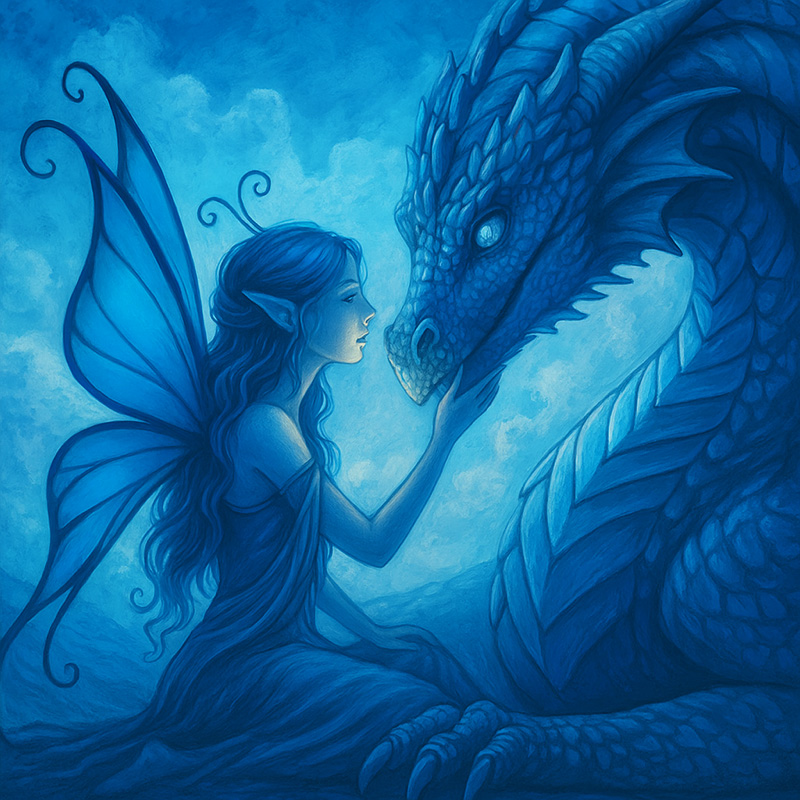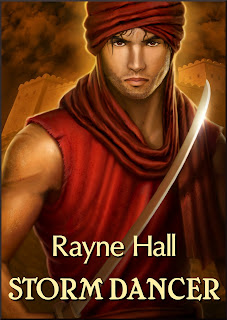Rayne Hall has published more than forty books under different pen names with different publishers in different genres, mostly fantasy, horror and non-fiction. Recent books include Storm Dancer (dark epic fantasy novel), Six Historical Tales Vol 1, Six Scary Tales Vol 1, 2 and 3 (mild horror stories), Six Historical Tales (short stories), Six Quirky Tales (humorous fantasy stories), Writing Fight Scenes and Writing Scary Scenes (instructions for authors).
She holds a college degree in publishing management and a masters degree in creative writing. Currently, she edits the Ten Tales series of multi-author short story anthologies: Bites: Ten Tales of Vampires, Haunted: Ten Tales of Ghosts, Scared: Ten Tales of Horror, Cutlass: Ten Tales of Pirates, Beltane: Ten Tales of Witchcraft, Spells: Ten Tales of Magic and more.
Her short online classes for writers intense with plenty of personal feedback. Writing Fight Scenes, Writing Scary Scenes, Writing about Magic and Magicians, The Word Loss Diet and more.
For more information about Rayne Hall go to her website.
Every character speaks differently. They use different phrases, according to their age, education, background and personality.
Whenever one of your characters says something – even if it’s just a greeting or thanks – let their personality shine through.
Here are four different characters talking about the same things:
Annie is self-centred.
She begins everything she says with “I…” The words “me”, “my”, “mine” also feature a lot in her conversation.
“I’m sorry I’m late. I had to wait a precious hour in a queue, as if I didn’t have more important things to do.”
“I tell you, I’ve never been so frightened in my life. This was my home, my shelter, my everything. I stood there watching my belongings go up in flames, and my memories with it. My husband was as helpless as I. I’m just glad my kids are safe.”
Barbie is insecure, indecisive and weak.
She uses qualifiers and excuses. Her conversations contain “rather” “quite” “somewhat”, “I would like to say”, “maybe”, “On the other hand”, “If I may say so”, “Forgive me for being so outspoken, but”, “This may sound strange, but”, “I think that perhaps”, “More or less”, “sort of”, “possibly”, “or so”.
“I’m sorry I’m rather late. There was quite a queue, maybe an hour.”
“The fire was quite fierce, and spread rather quickly. We all got out more or less in time, but if I may say so, we were somewhat shaken.”
Claudie is gushing, effusive, and highly strung.
She talks in superlatives: “the cutest”, “the worst”, “the most terrifying”, with additions of “absolutely”, “totally”, “completely”, “utterly”, “ever”, “never”, “forever.”
“I’m soooo sorry I’m late. The queue there was absolutely appalling, and I had to wait forever and ever.”
“It was absolutely horrifying, the worst nightmare. There was this unbelievably tremendous heat, the hugest flames you’ve ever seen, and the biggest column of the darkest smoke. It went on forever and ever, and I lost absolutely everything. It was utterly devastating.”
Dorrie is a bossy charge-taker.
She phrases almost anything as an order: “Do this.” “Take that.” “You mustn’t think like that.”
“Don’t think I’m late on purpose. Imagine standing in a queue for an hour.”
“Imagine the flames, the smoke, the heat. Believe me: nobody could have saved anything. Never let your own kids play with matches.”
Beginners sometimes invent speech patterns and graft them on the characters. The result can be clunky and unnatural, and call attention to itself. Instead, think of how a character’s personality trait shows in the way they speak. That’s subtler, funnier, more realistic.
Exercise
Choose a speech pattern that reflects an aspect of a character’s personality. Apply the pattern to something the character says. Perhaps you can post a “before” and “after” version as a comment so we can see the difference.



